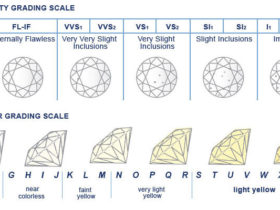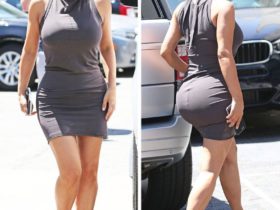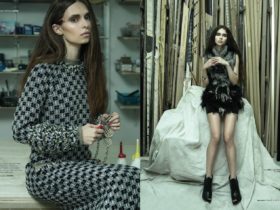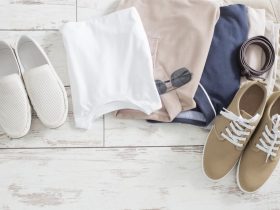When you’re sewing any garment, choosing the right fabric is key. If you make a poor choice, you could end up with a disappointing result. Luckily, there’s often more than just one fabric that works for any given pattern, and if you know what you’re looking for, you’re sure to find something that fits the bill.
If you’re ready to choose fabric for making clothing at home, here are some top tips.
Choosing A Material For Your Pattern
 Usually, keen sewers will choose a pattern first before selecting a fabric. This is good news since most patterns tell you the kind of material that they have been designed for. While nobody will stop you from trying to make your chosen pattern with a different fabric, it’s possible you could make a costly mistake if you err from the traditional. All fabrics have their own properties in terms of drape, stretch, and weight, and they should be chosen to complement each pattern’s design.
Usually, keen sewers will choose a pattern first before selecting a fabric. This is good news since most patterns tell you the kind of material that they have been designed for. While nobody will stop you from trying to make your chosen pattern with a different fabric, it’s possible you could make a costly mistake if you err from the traditional. All fabrics have their own properties in terms of drape, stretch, and weight, and they should be chosen to complement each pattern’s design.
Choosing Cotton Fabrics
 Cotton comes in two varieties – voile and lawn. Voile is a semi-sheer, lightweight fabric that has plenty of drape. It’s a perfect choice to make curtains which are translucent and which will add a touch of class to your room. Cotton lawn, on the other hand, is crisper and easier to work with. It’s also a very versatile material that works well for a host of different purposes. Cotton is ideal for summer dresses since it’s a natural material, and also is the standard choice for work shirts and blouses. Since cotton is also quite hard-wearing, it’s also often used for functional items such as aprons and chef jackets. In fact, you can find some cool stuff at Chefworks.com made from cotton which are designed for professional use and which are extremely robust.
Cotton comes in two varieties – voile and lawn. Voile is a semi-sheer, lightweight fabric that has plenty of drape. It’s a perfect choice to make curtains which are translucent and which will add a touch of class to your room. Cotton lawn, on the other hand, is crisper and easier to work with. It’s also a very versatile material that works well for a host of different purposes. Cotton is ideal for summer dresses since it’s a natural material, and also is the standard choice for work shirts and blouses. Since cotton is also quite hard-wearing, it’s also often used for functional items such as aprons and chef jackets. In fact, you can find some cool stuff at Chefworks.com made from cotton which are designed for professional use and which are extremely robust.
Denim Fabric
 Denim is a very heavyweight fabric that has virtually no stretch or drape. This makes it perfect for very hard-wearing applications such as work trousers and jackets or coveralls. Jeans are the obvious garment to make from denim, however, you can also use it to make shirts, shorts or skirts that have plenty of modern and fashionable style.
Denim is a very heavyweight fabric that has virtually no stretch or drape. This makes it perfect for very hard-wearing applications such as work trousers and jackets or coveralls. Jeans are the obvious garment to make from denim, however, you can also use it to make shirts, shorts or skirts that have plenty of modern and fashionable style.
Knit Fabric
 There are lots of fabrics within the knit category, ranging from medium weight to lightweight. If you’re making a garment that requires plenty of stretch such as leggings or a stretch top, you’ll need to choose a knit fabric. Patterns are usually designed for either a knit or woven fabric, and patterns which are sized for a knit fabric will usually specify what kind of stretch is required in the fabric.
There are lots of fabrics within the knit category, ranging from medium weight to lightweight. If you’re making a garment that requires plenty of stretch such as leggings or a stretch top, you’ll need to choose a knit fabric. Patterns are usually designed for either a knit or woven fabric, and patterns which are sized for a knit fabric will usually specify what kind of stretch is required in the fabric.
Silk and Satin Fabrics
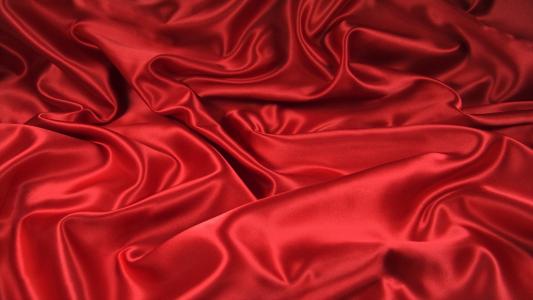 Both silk and satin are luxurious, beautiful fabrics that drape beautifully and which have glossy appearances. Silk is harder to work with than satin because it is slippery, delicate and lightweight, but it’s an ideal lining fabric and can make very stylish and elegant shirts, blouses and dresses. Both silk and satin are ideal for undergarments and for bedding too because of their luxury feel.
Both silk and satin are luxurious, beautiful fabrics that drape beautifully and which have glossy appearances. Silk is harder to work with than satin because it is slippery, delicate and lightweight, but it’s an ideal lining fabric and can make very stylish and elegant shirts, blouses and dresses. Both silk and satin are ideal for undergarments and for bedding too because of their luxury feel.

